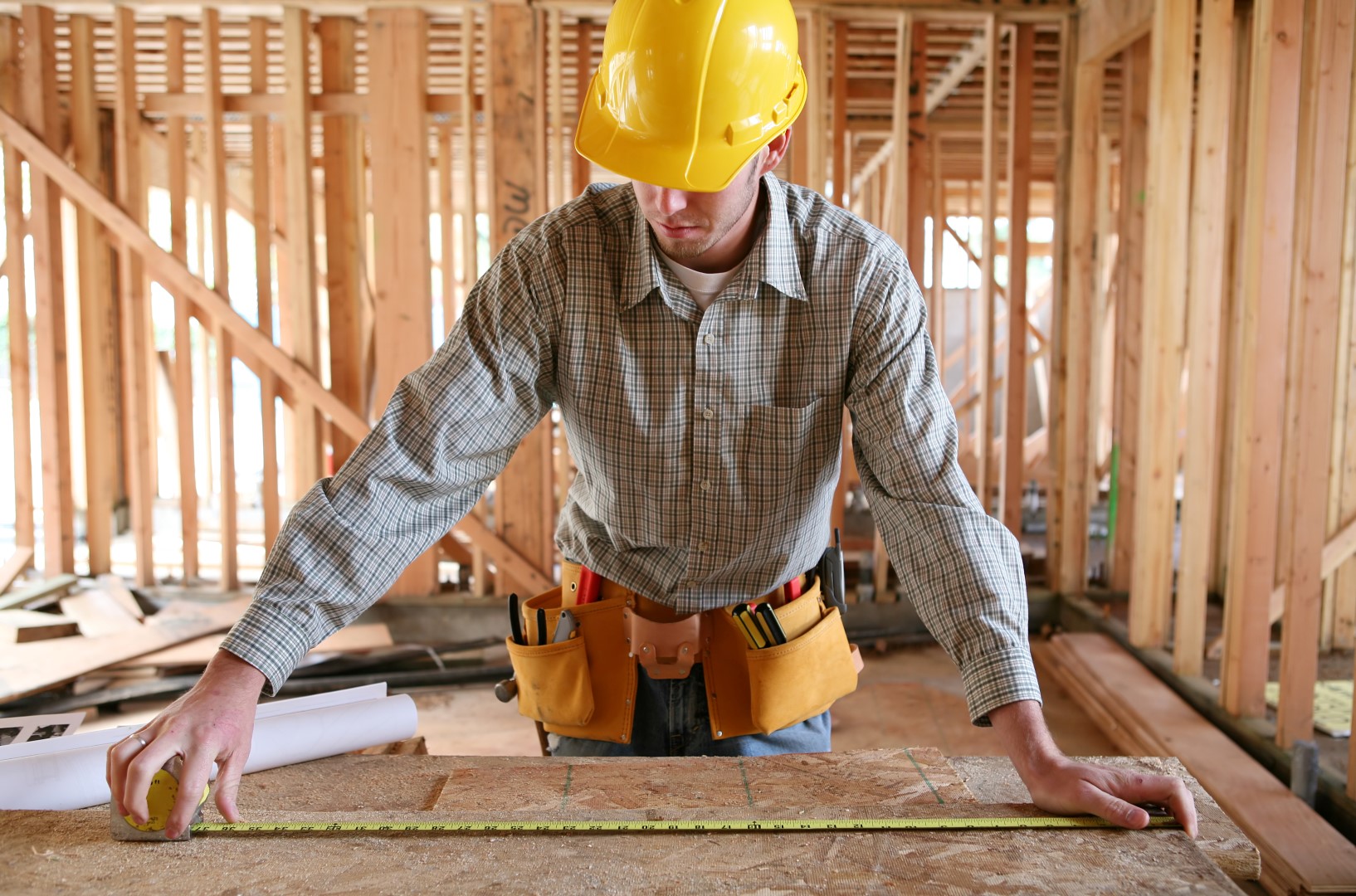Ways That Lead Can Infiltrate Your Home
If you’re a homeowner, you should be aware of the threat that lead poses. Lead is a potentially harmful substance that can cause serious health problems both children and adults. Not enough people are aware of all the ways that lead can infiltrate your home and ultimately your body.
Knowledge is always the first line of defense when it comes to lead. You need to be aware of how lead can affect you and your family so that you’re able to do something about it on your own or notify an agency that can help you. Here is a look at some of the most common ways that lead can enter your home.
Paint
Paint is one of the most common sources of lead, especially in older houses. If you have a house that was built prior to 1978, there’s roughly a 75% chance it was constructed using lead-based paint. This applies to all of the home’s paint, both inside and outside, as well as any windows, cabinets, floors, or other parts of the house that have been painted over.
It would be wise to have your house tested for lead, but until you do that, you might as well assume that the house’s paint makes you susceptible to lead poisoning. Fortunately, lead-based paint doesn’t pose a threat to you unless it starts to chip, peel, or deteriorate in some way.
You may be wise to investigate on your own to see if paint is starting to chip or come off anywhere. Parts of the house that are touched by human hands frequently are most susceptible. This includes windows, doors, floors, handrails, and ceilings.
If you have a newer house, there’s a good chance you’re out of the woods in terms of lead-based paint. However, if there’s any part of the house that was painted before you lived in the house, you may want to have it tested, just to play it safe.
Drinking Water
It’s rare to have lead infiltrate your drinking water, but it’s far from impossible. Pipes made of lead or copper, as well as brass faucets, make it possible for lead to contaminate your home’s water supply. Unfortunately, you can’t detect lead contamination based on the taste or smell of your water.
If you have reason to suspect that your water may be contaminated with lead, you need to have it tested by a professional. In the meantime, let your faucet run for 15 to 30 seconds before using any water, and try to use only cold water when you eat or drink. This is the best way to reduce the risk of consuming lead-contaminated water.
Soil
Bare soil near your home is another common way that lead can threaten you and your family, especially if you live on a busy street. Back when the gasoline in our cars was filled with lead, exhaust fumes could release lead into the air that would end up in bare soil. Even if years have passed, the lead could still be in that bare soil that can find its way into your home.
Any bare soil near your home could have also picked up old paint chips that are still tainted with lead. Those paint chips could contaminate the soil around your house without you realizing it.
Furniture
The furniture in your home can be a source of lead that you may not think about. Antique furniture, in particular, is potentially harmful with regard to lead. Older furniture was often coated with lead-based paint because it would make them more durable. However, many decades later they are a possible threat to your health.
Just like the paint anywhere else on your home, if you notice your furniture’s paint chipping or deteriorating, it’s a potential hazard if the paint contained lead. If it’s an older piece of furniture, perhaps you should consider replacing it with something newer that doesn’t have the potential to bring lead into your home.


